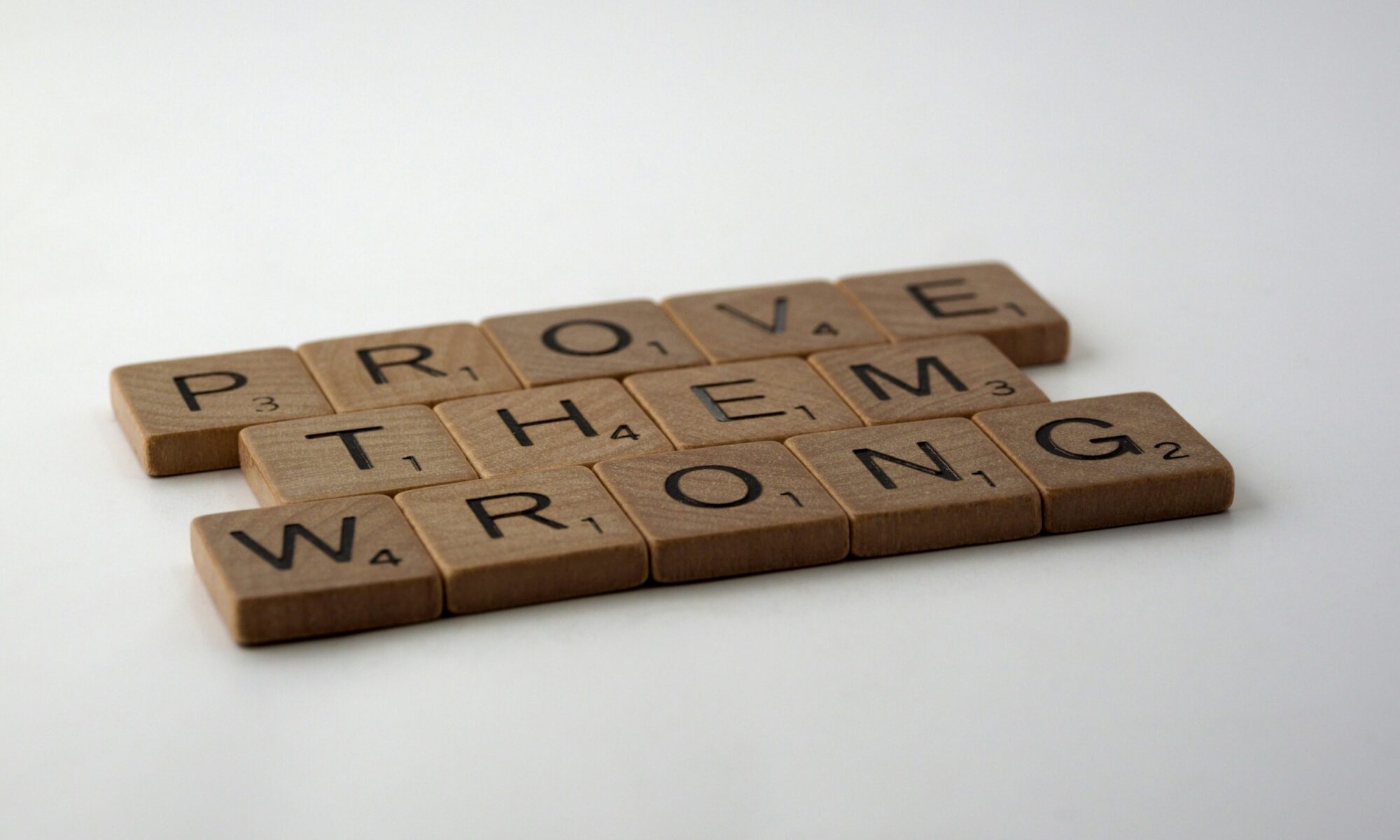It feels a little funny to me to be sitting at the keys of my computer in the comforts of my own home today… having a cup of coffee… quietly delighting in my daily, refreshing quiet time. It was a full week, in fact… work, walks, even time for a few Netflix Originals. Some of the week was hard — a couple tough conversations… a mistake made by me… and Publix not having the specific sushi I wanted when that’s what I was sincerely craving.
But it dawns on me deeply… we don’t always know what “hard” really is…
Approximately 5,596 miles away (thank you, Travelmath), sits Kyiv — Київ, as written in Ukrainian — the capital city, which along with the rest of the Eastern European country is currently under attack. Russia’s invasion is the largest military assault by one European state on another since World War II.
Ukraine has an estimated population of 41.2 million people. Suffice it to say those 41.2 million people know today what “hard” is.
War is hard. While no war seems a good war, so-to-speak, war may be necessary — assuming an anti-pacifist perspective — as outlined by the Just War theory, especially as advanced by Saint Augustine; sometimes war may be the only means of restoring justice. While longer explanations are noteworthy, among other principles, a Just War means that war is only waged as a last resort; all nonviolent options must first be exhausted; the ultimate goal is to reestablish peace; and civilians are never permissible targets.
To be blunt and brief, Russia’s war is not just.
As explosions continue in key cities as we speak, the potential global destabilization from this vicious act is enormous. I’m no expert. None of us are. We’re not even close. And even though the Intramuralist has been on a year long personal effort to pay more focused attention to the foreign affairs academics and actually read U.S. State Dept. briefings in the fragile foreign areas, I’m still not certain I have a complete grasp of all that’s going on. The reality is that while this invasion is the largest military assault by one European/Asian state on another since World War II, most of us have only read about WWII in history books; we haven’t seen this live.
And so there’s something in me that simply wants to acknowledge what we don’t know. Sometimes I feel because we don’t know, we don’t care…
… I don’t know a person who’s like that, so it’s easy for me to have this opinion… I don’t know anyone who’s in that situation, so I really don’t care very much… Out of sight, out of mind, right?…
And so sometimes I feel at least I — maybe you’re a little wiser, more-tuned in than me — but sometimes I feel like precisely because I can simply sit behind the keys of my computer, leisurely drink my coffee, relax and enjoy my morning — or because I can even be irritated by an inability to satisfy my specific sushi pining — I don’t care enough, know enough, or perhaps empathize enough with what I don’t fully understand.
I don’t want my personal comforts and convenience to keep me from knowing what’s going on in the world.
Better yet: I don’t want my ease to taint my awareness of what’s really hard.
If I’m honest, I have really more to say.
I simply want the comfort and ease of my own home to not insulate me from the painful realities of all that’s going on in the world.
That’s all.
This is hard.
God be with the people of Ukraine and so much more.
Respectfully…
AR
